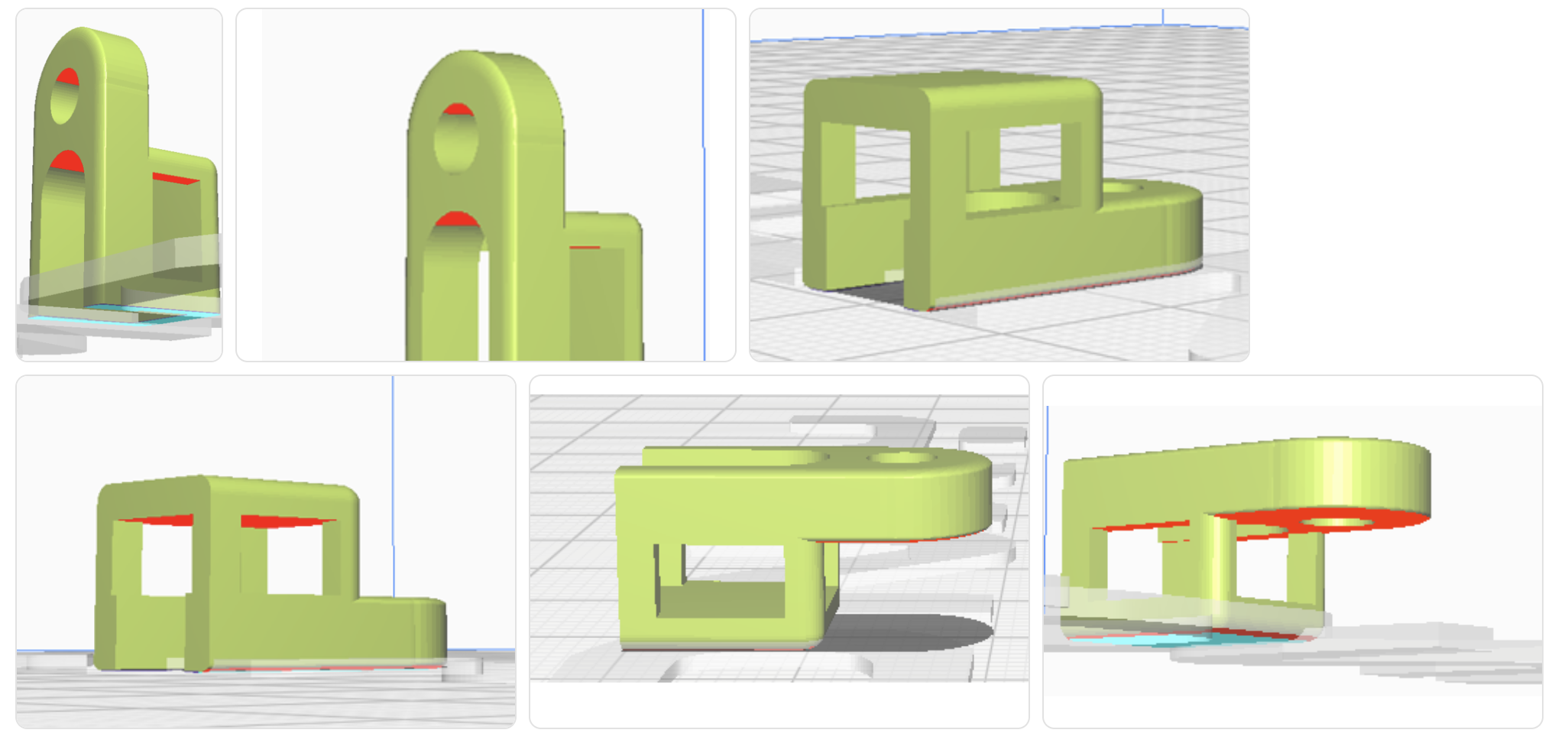Optimizing part orientation for 3D printing
E
Hello, I am new to 3D printing and am trying to understand how to optimize part orientation to reduce the need for support structures and production times. Does anyone have effective tips/strategies for doing this? In particular, I’m considering a model similar to this https://www.printables.com/model/622078-screw-cable-zip-tie. Any advice will be greatly appreciated!
Automatically translated from: Italiano
See original
Suggested Topics
Topic
Replies
Views
Activity
Airtight joint between two aluminum frame enclosures?
Hi, I have two 400 mm cubical enclosures from 20×20 mm aluminum profiles with glass on all sides except one. I need to connect them into a single temperature-controlled unit and keep the joint... read more
0
155
Nov 28
How to correctly specify standard and non-standard threads in a technical drawing?
For a machined part that has both standard and non-standard thread types, what’s the best way to call out threads in the technical drawing? In particular, should I use thread callouts or full detail... read more
6
621
Nov 14
Drawing callout for tight tolerance over short bore length
hi, I have an aluminum housing for a small gearbox where the bearing seats are, of course, critical. I need to hold tight tolerances on the ID and OD, but only over a short... read more
4
510
Oct 31
DMLS tolerances for screw holes and sealing surfaces
Hi, I’m working on a small metal housing (around 120 × 80 × 40 mm) that will be 3D printed with DMLS for a sensor module. It needs threaded M3 screw holes and a... read more
10
557
Nov 25
Design challenge: rope-to-rope transfer in a small cylindrical coupling
Hi, working now on a small-scale linear actuator project and need a compact coupling between two coaxial cylinders. Both are 44 mm in diameter, with the upper one hollow (22 mm inner Ø). The... read more
4
404
Oct 17
 Europe
Europe  Türkiye
Türkiye  United Kingdom
United Kingdom  Global
Global 

 Login with my Xometry account
Login with my Xometry account 